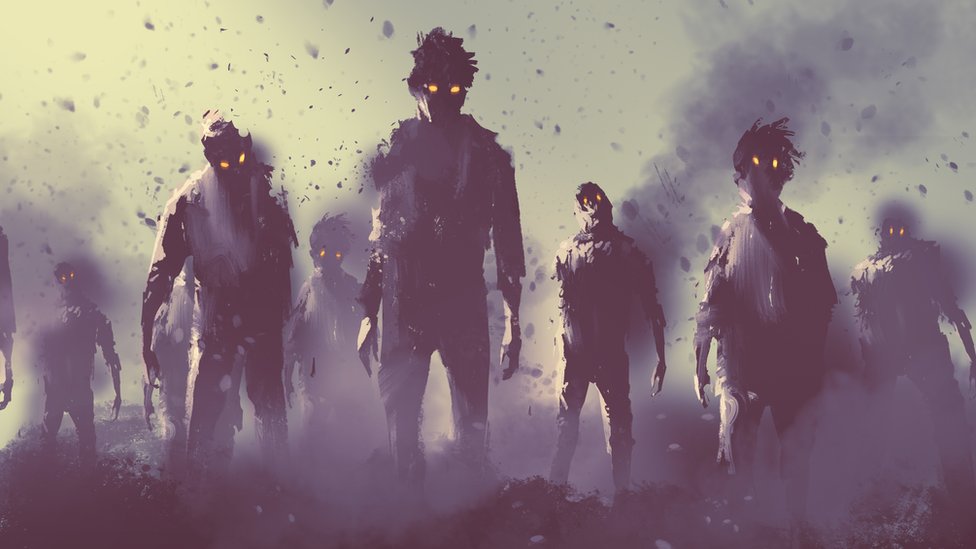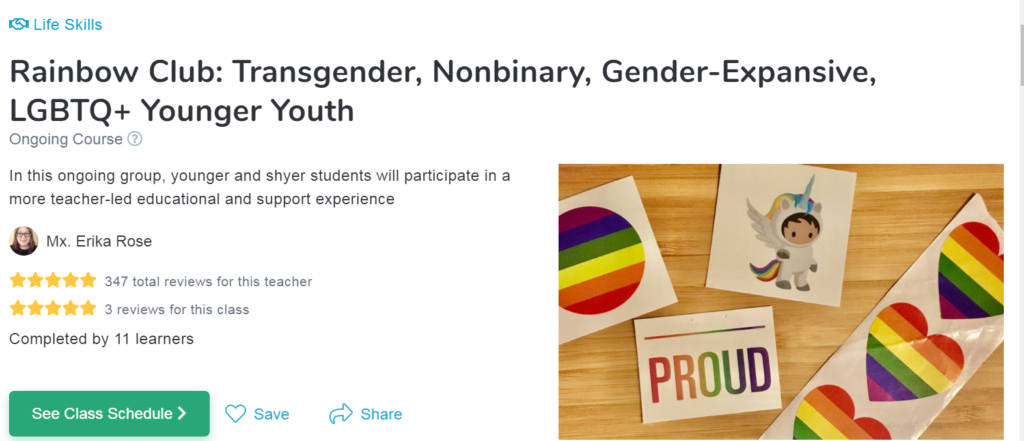There should be no limits of the types of women protected from hate crime says Baroness Helena Kennedy QC, as she begins her consideration of whether Scotland requires a standalone offence to tackle misogynist abuse.
Well duh. Of course there should be no such limits. Misogyny doesn’t limit itself so why would a law against misogynist abuse limit itself?
Ok I’ll stop playing dumb now. We know why.
Kennedy is immediately clear on how she would define the scope of specific protection she is charged with: “This is about hatred. Trans women, gay women, journalists, parliamentarians, all women get a whole lot of horrible stuff slung at them – disproportionately – and I’m not narrowing down those who receive it.”
She’s not “narrowing it down” to women. Then why call it misogynist abuse?
Kennedy and her six-person panel – “hand-picked by me” – have a year to resolve whether the creation of a standalone offence or adding sex to the list of other protected characteristics, such as race and religion, would better tackle misogynist abuse.
While a working definition of misogyny is for the panel to deliberate, Kennedy suggests it should target conduct like street harassment, sexual bullying in the workplace and online abuse of women in public life. She particularly mentions a survey published last week by Holyrood magazine, which found almost a third of female MSPs who responded had received a threat of sexual violence.
She is clear about the significant and long-lasting impact of such hatred: “It ends up eating away at your self-confidence, your sense of safety, it creates fear and anxiety … We’re talking about the whole backdrop of inequality and how women are treated in society.”
Specifically women. It’s true that men can be subject to abuse for not being Manly enough, and that that does stem from hatred and fear of everything to do with the dreaded female, but it’s still a separate issue.
The Scottish government’s own hate crime bill has attracted a huge amount of controversy and, while it was always the intention to examine this standalone option, the timing is far from ideal. As it stands, the bill that is passing through Holyrood criminalises, among other things, the stirring up of hatred against cross-dressing people, thereby protecting men who dress as women, but not the stirring up of hatred against women, while the decision on protections for women won’t be made until Kennedy’s working group reports back in 12 months’ time.
Well you know how it is, it’s just so hard to remember that women exist at all.




